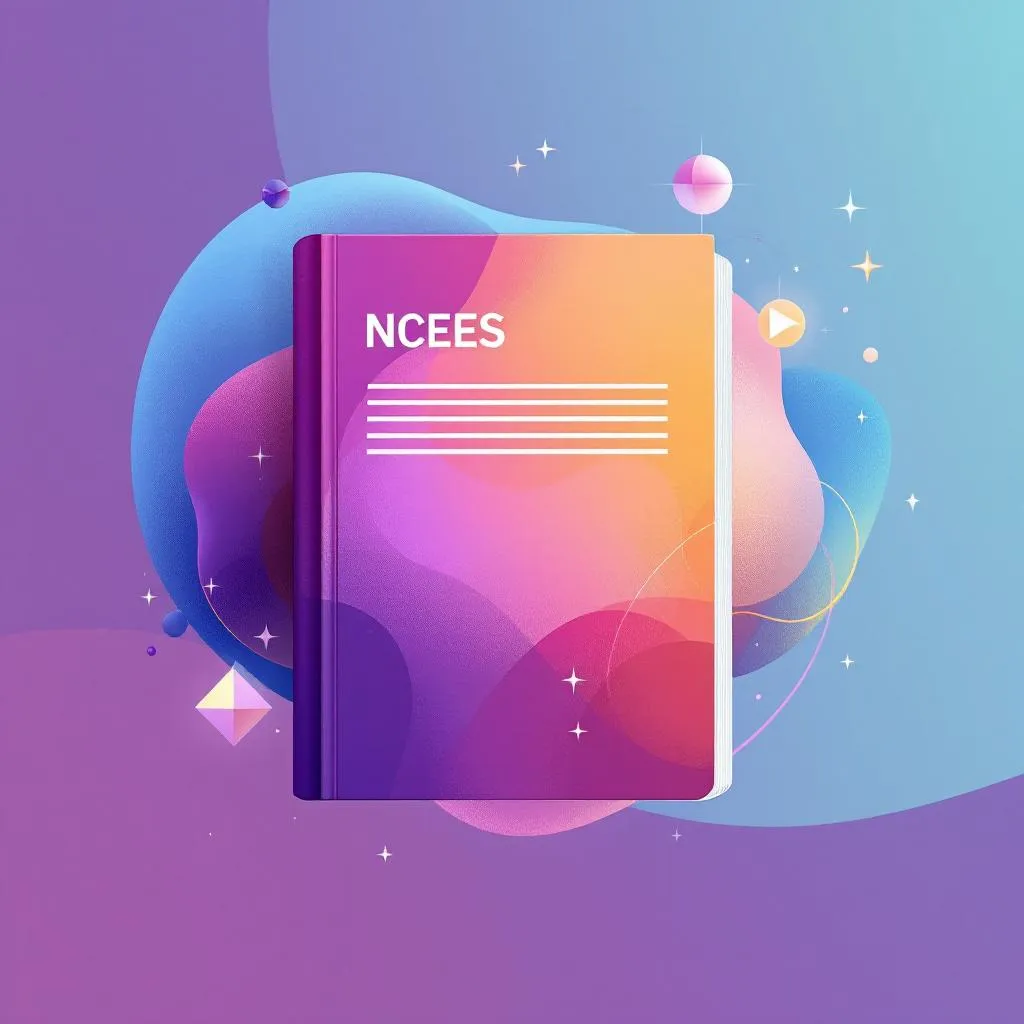How to Use the NCEES FE Reference Handbook Effectively

The Fundamentals of Engineering (FE) exam, administered by the National Council of Examiners for Engineering and Surveying (NCEES), is a critical step for aspiring engineers seeking licensure. Recognized as a comprehensive assessment of an engineer’s foundational knowledge, the FE exam is often the first professional milestone on the path to becoming a licensed Professional Engineer (PE). To succeed, candidates must not only master technical concepts but also develop strategic exam-taking skills.
One of the most valuable resources available to FE examinees is the NCEES FE Reference Handbook. This official, open-book style handbook is the only reference material permitted during the exam, making it essential for candidates to understand how to use it effectively. Proper utilization of the handbook can significantly enhance your efficiency, accuracy, and confidence during the test.
This article provides a detailed guide on how to leverage the NCEES FE Reference Handbook effectively. You will learn practical strategies for familiarizing yourself with the handbook, navigating its contents efficiently, and applying it during the exam to maximize your performance. Whether you are just beginning your prep or finalizing your exam day strategy, these insights will help you make the most of this critical resource.
How to Use the NCEES FE Reference Handbook Effectively
1. Familiarize Yourself with the Handbook Before the Exam
Preparation begins long before exam day. The NCEES FE Reference Handbook is a dense document, and knowing its layout can save you precious time during the test.
- Download and Review the Latest Version: Always use the most recent edition of the handbook, which is available for free on the NCEES website. Familiarize yourself with its structure, sections, and indexing system.
- Create a Personal Map or Index: While the official handbook is comprehensive, creating a quick-reference map or annotated version can help you locate key sections faster. For example, mark pages for common topics like thermodynamics, fluid mechanics, or electrical formulas.
- Practice Navigating the Content: During your practice exams, simulate the process of finding information in the handbook. Time yourself to develop a sense of how long it takes to locate formulas, tables, or definitions.
Common Mistake to Avoid: Relying solely on memory for formulas or concepts without understanding where they are located in the handbook can lead to wasted time during the exam. Familiarity is key.
2. Develop Efficient Search Strategies During the Exam
Time management is crucial in the FE exam. Knowing how to quickly find information in the handbook can make the difference between answering a question confidently or leaving it blank.
- Use the Table of Contents and Index: The handbook includes a detailed table of contents and an index. Use these to locate sections related to the question topic. For example, if a question involves heat transfer, locate the relevant section on thermodynamics or heat transfer tables.
- Identify Key Terms and Phrases: When searching, focus on specific keywords from the question. For example, if the question mentions “Bernoulli’s equation,” go directly to the fluid mechanics section.
- Leverage Tabular Data and Formulas: Many questions can be answered by consulting tables or formulas in the handbook. Practice recognizing which tables are most useful for different question types.
- Avoid Over-Searching: If you cannot find the information within a reasonable time, make an educated guess and flag the question for review if time permits.
Practical Tip: During practice exams, time yourself on how quickly you can locate key information. Aim to find critical data within 1-2 minutes to stay efficient during the actual test.
3. Use the Handbook to Confirm Your Calculations and Answers
The FE exam often involves calculations that require formulas or constants. The handbook provides reliable, standardized data that can serve as a verification tool.
- Double-Check Formulas: When performing complex calculations, verify your formulas and constants in the handbook before finalizing your answer.
- Validate Units and Conversions: Use the handbook to confirm units, conversions, and constants, reducing the risk of errors.
- Cross-Reference for Clarity: If a question involves multiple concepts, cross-reference related sections to ensure your understanding aligns with standard engineering practices.
Common Mistake to Avoid: Relying solely on memory for formulas can lead to errors. Always cross-check with the handbook when time allows.
4. Practice with the Handbook During Your Study Routine
Incorporate the use of the NCEES FE Reference Handbook into your regular practice sessions. This will help you become comfortable navigating it under exam conditions.
- Simulate Exam Conditions: Use practice exams with the official handbook to replicate real test scenarios. Time yourself and practice locating information efficiently.
- Identify Weak Areas: Notice which sections or types of questions take longer to find answers. Focus your review on these areas.
- Refine Your Search Techniques: Experiment with different search strategies to find what works best for you.
Tip: The more familiar you are with the handbook, the less cognitive load you will have during the exam, allowing you to focus on problem-solving rather than searching for information.
5. Maintain a Calm and Systematic Approach During the Exam
Even with preparation, exam stress can impact your ability to use the handbook effectively. Developing a systematic approach can help maintain composure.
- Read Questions Carefully: Identify exactly what information or formulas are needed before searching.
- Prioritize Questions: Tackle questions you can answer quickly using the handbook first, then return to more challenging ones.
- Use a Consistent Search Method: Follow a step-by-step process for locating information, such as checking the table of contents first, then the index, then specific sections.
Remember, the goal is to use the handbook as a tool to enhance your accuracy and speed, not to get bogged down in searching.
Resources or Tools
While the NCEES FE Reference Handbook is the primary resource, there are additional tools and materials that can support your preparation:
- Official NCEES Practice Exams: These include the actual handbook and simulate real exam conditions. Pros: Authentic experience; Cons: Cost involved.
- Study Guides and Review Books: Many publishers offer prep books that include tips on using the handbook effectively. Pros: Structured learning; Cons: May be less comprehensive than official resources.
- Online Forums and Study Groups: Platforms like EngineerBoards or Reddit can provide tips and shared experiences. Pros: Community support; Cons: Varies in quality.
- Free Resources: The NCEES website offers the latest handbook and sample questions. Use these to practice navigation and familiarize yourself with content.
Final Tips or Summary
Mastering the use of the NCEES FE Reference Handbook is a vital component of your exam strategy. Here are the key takeaways:
- Familiarize yourself thoroughly with the handbook before exam day. Know its structure, key sections, and how to navigate quickly.
- Develop efficient search strategies and practice them regularly. Time management is crucial for success.
- Use the handbook to verify calculations and confirm formulas during the exam. Avoid relying solely on memory.
- Incorporate handbook navigation into your study routine. Practice under timed conditions to build confidence.
- Stay calm and systematic during the exam. Approach each question methodically, leveraging your familiarity with the resource.
Preparing effectively with the NCEES FE Reference Handbook can significantly boost your confidence and performance. Take the time to understand and practice using this resource, and you’ll be well on your way to passing the FE exam and advancing toward your engineering licensure. Start today by downloading the latest handbook, creating your navigation plan, and integrating it into your study schedule. Your professional future depends on it!

